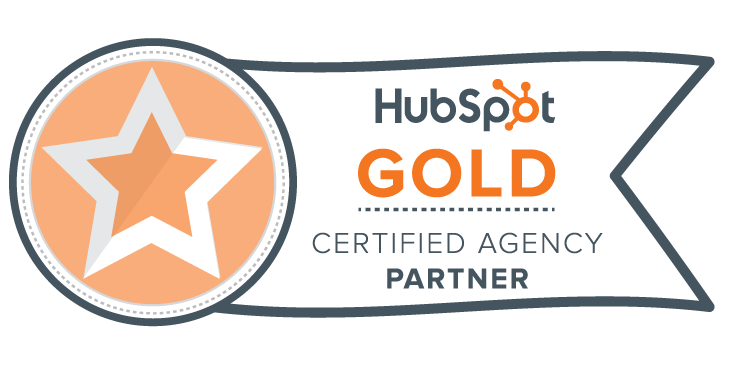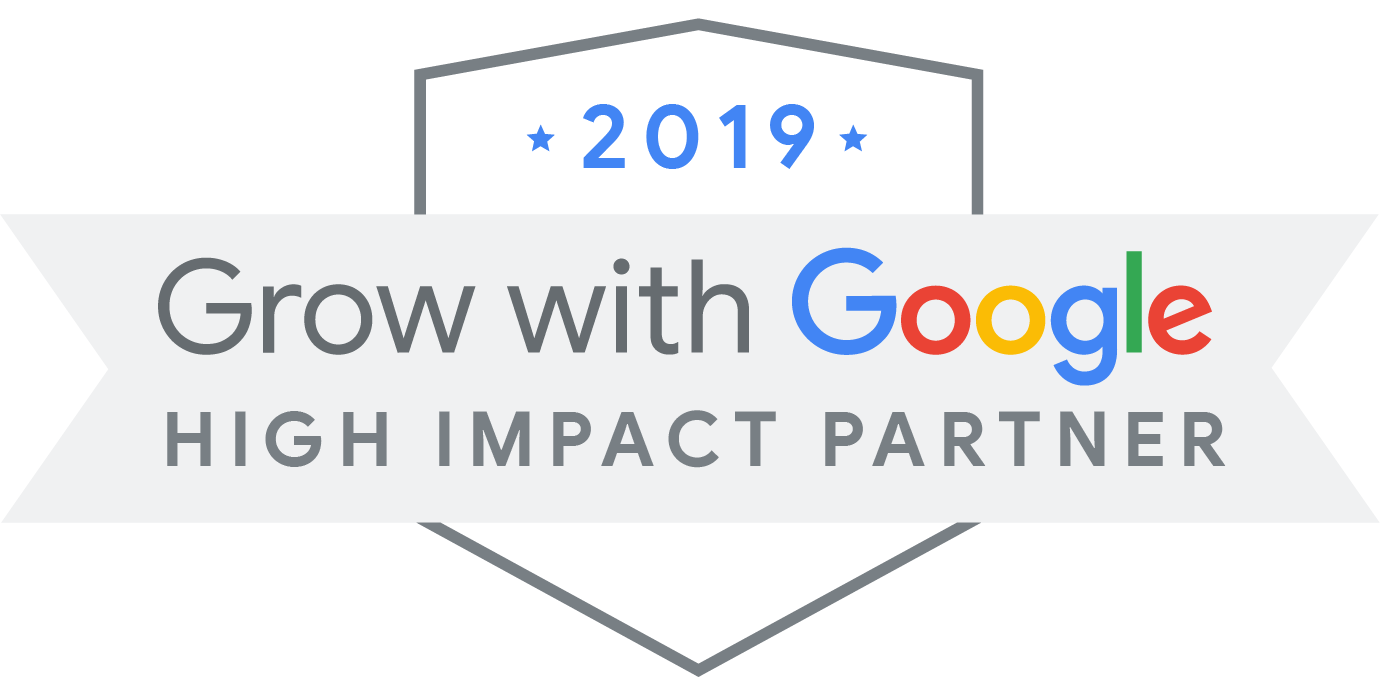
Traditional web design is broken. The struggle with traditional design is that almost immediately after a site is launched, the design and content begins to grow stale. The internet is an ever-evolving beast, and when your site doesn’t evolve along with it, it ages quickly. A whopping 94% of visitors reported they closed out of a website or didn’t trust it simply because of an outdated design. (Source)
Many business owners are trapped in this cycle:
Spend 6-8 months redesigning a new website —> It looks fresh and modern —> Don’t redesign for 3-5 years —> It now looks dated —> Spend more money redesigning site again —> Repeat
That’s where Growth-Driven Design (GDD) steps in. With GDD, websites are continuously updated every month, with substantive changes to keep your users engaged and moving through the buyer’s journey.

Growth-Driven Web Design breaks out of the mold of traditional design to take a more proactive approach. It focuses on converting leads and staying on top of design trends by following user behavior. On average, agencies that switched to Growth-Driven Web Design reported 16.9% more leads and 11.2% more revenue in just 6 months. (Source)
The Growth-Driven Web Design Process
Unlike traditional web design, Growth-Driven Web Design breaks down into a 3-step process:
1. Strategy
Growth-Driven Web Design begins with developing an understanding of how your website can solve problems for users. This is where you identify your ideal customer, the overall goals of the website are set and a clear roadmap is placed. Having concrete goals will allow you to track ROI and make sure your website is performing. Generally speaking, the ultimate goal of a website is to drive conversions – phone calls, form fills or online orders.
2. Launch Pad
The launch pad is exactly that – a starting place to build up your website. A launch bad is a functional site that’s an improvement over your current website, but that can still be added to an expanded. It’s also launched much more quickly: 1-3 months versus the 6-12 month timetable of traditional design. That leads us to the step 3 and the meat of Growth-Driven Web Design: continuous improvement.
3. Continuous Improvement
With a launch pad website live, you can start collecting data and implementing new design features to help you reach your goals that you set in the strategy. You will use what you know about your ideal customer to create a path you think they will respond to, and then use data to see what’s working. For example, if your goal is for people to fill out a form on your website, in the continuous improvement stage you would look at how many people are currently filling out the form on your website and then test and implement strategies to improve that number. This could be adding a pop-up to the site that leads people directly to the form, increasing button size or reducing the number of fields on the form itself.
Traditional web design is an outdated model that costs you more money over the long run. Growth-Driven Web Design is not only a faster process, but one that is fundamentally built for success. The user-focused methodology means that you will get better results, more qualified leads and increase your sales.
* * *
The Benefits of Growth-Driven Web Design – Free eBook
Growth-Driven Web Design is not only easier on your team and wallet- continuous updates and improvements to your website will keep your customers coming back for more. This free eBook goes over all the benefits of Growth-Driven Design and how it generates more leads and business.
Need a new digital marketing or web design plan? We are a Minneapolis SEO, digital marketing, social media marketing, web design and HubSpot inbound marketing agency. We’re located just outside of Minneapolis. Stop on by and get started – and while you’re here, pick up a free honey stick (yes, we love our bee-related theme).
 Get Started
Get Started Support
Support Call us
Call us Email Us
Email Us



